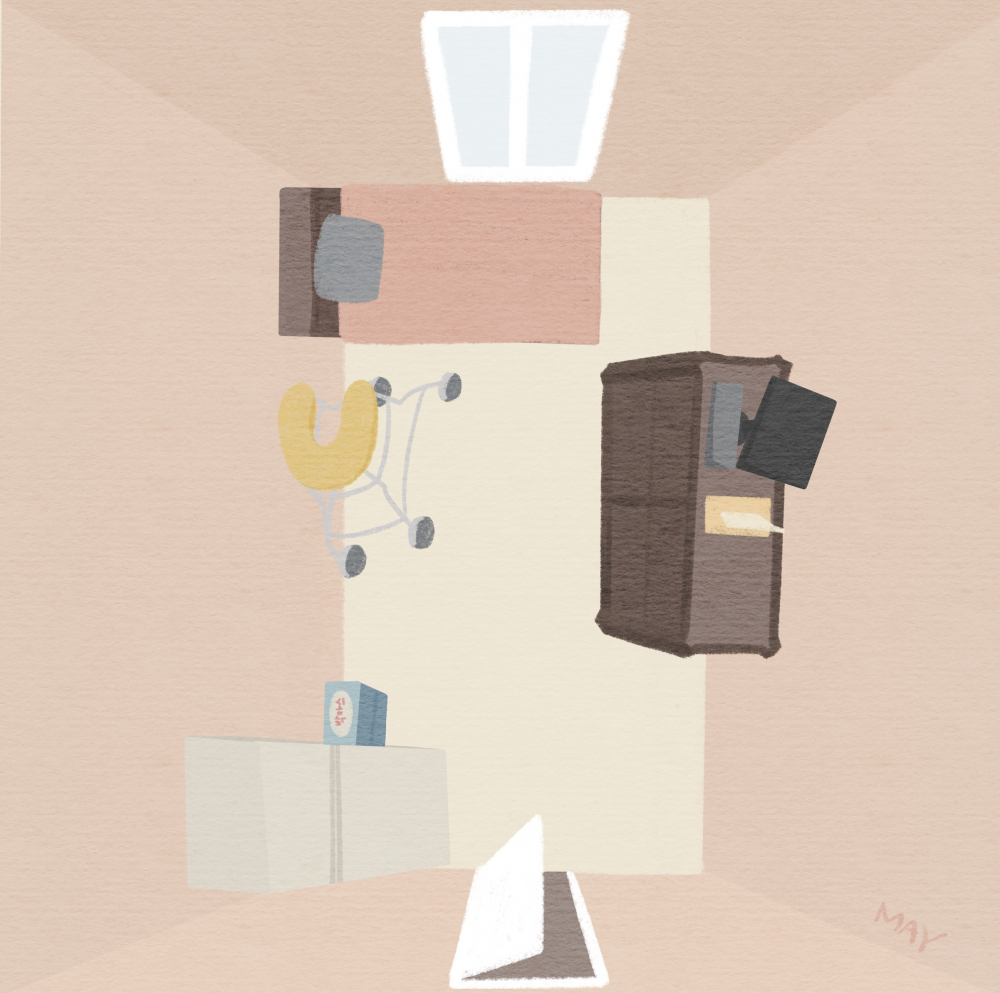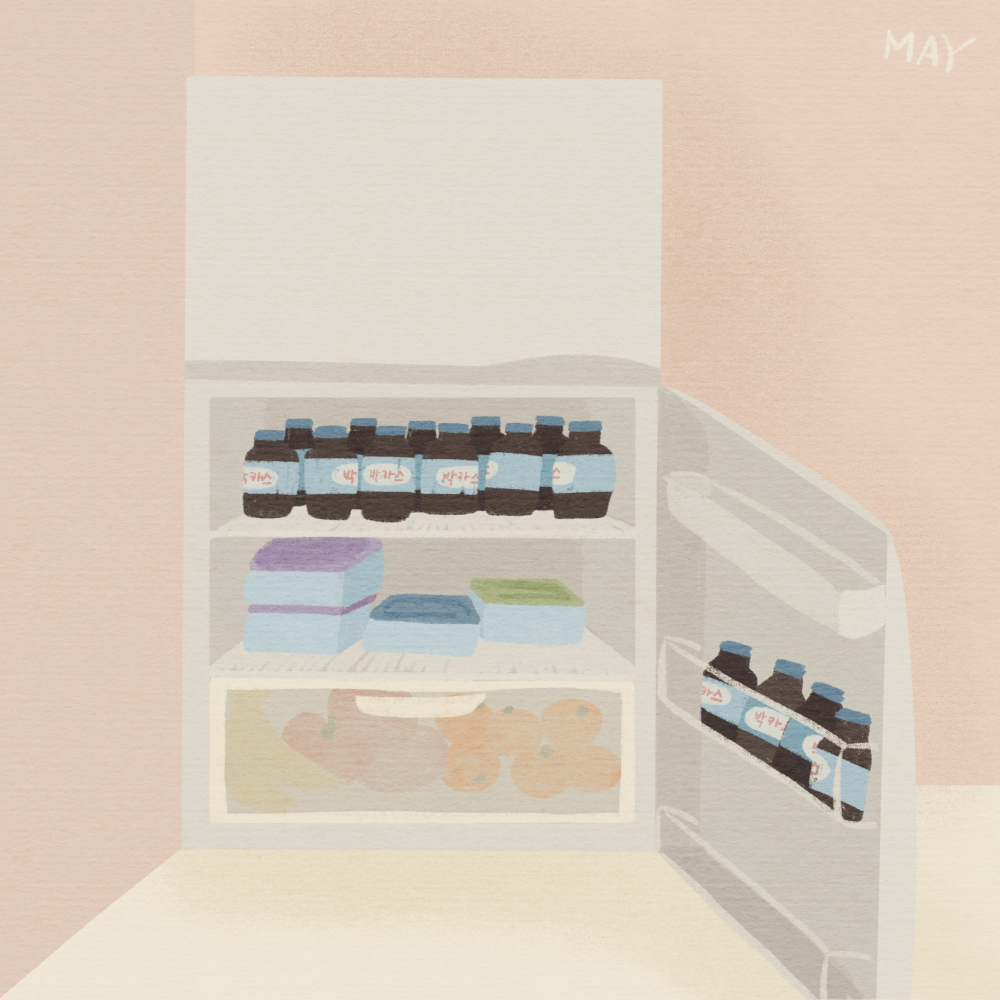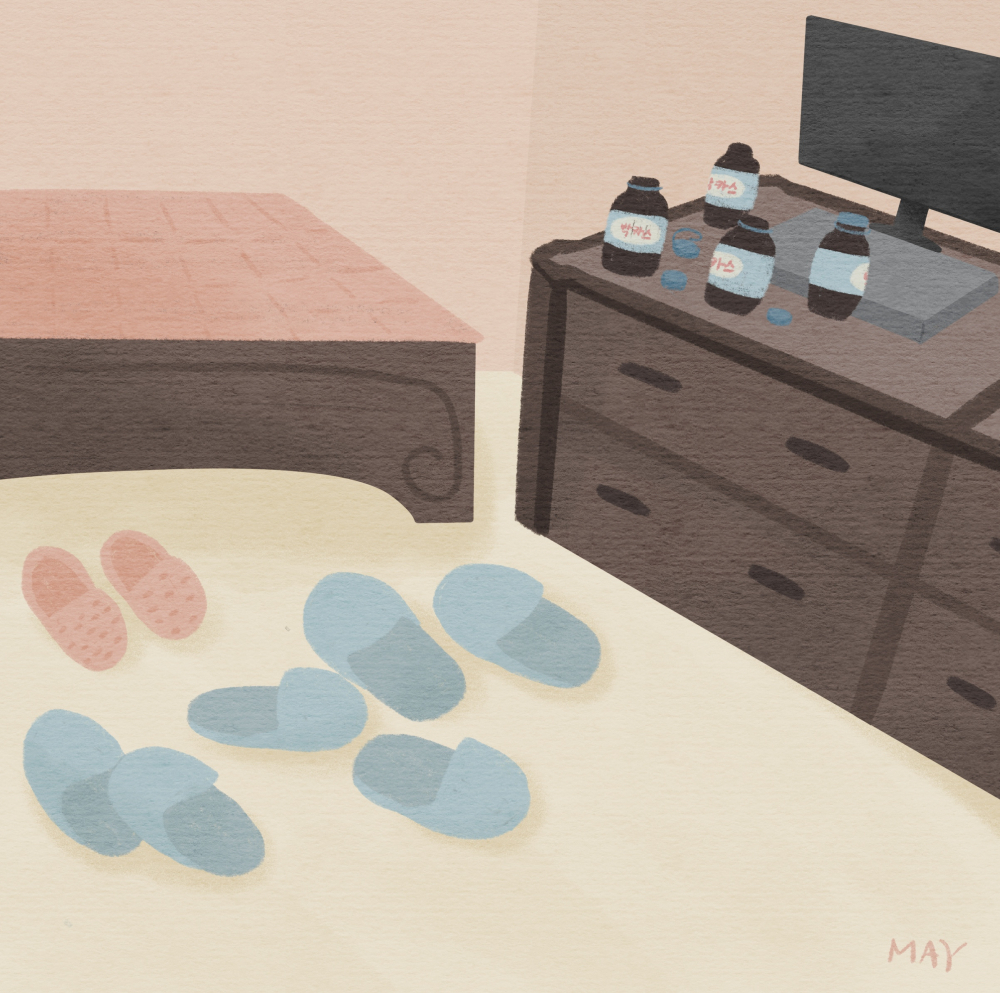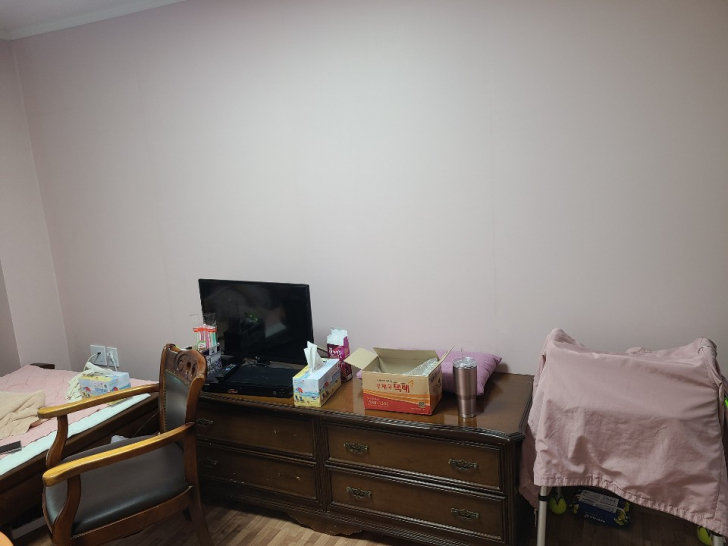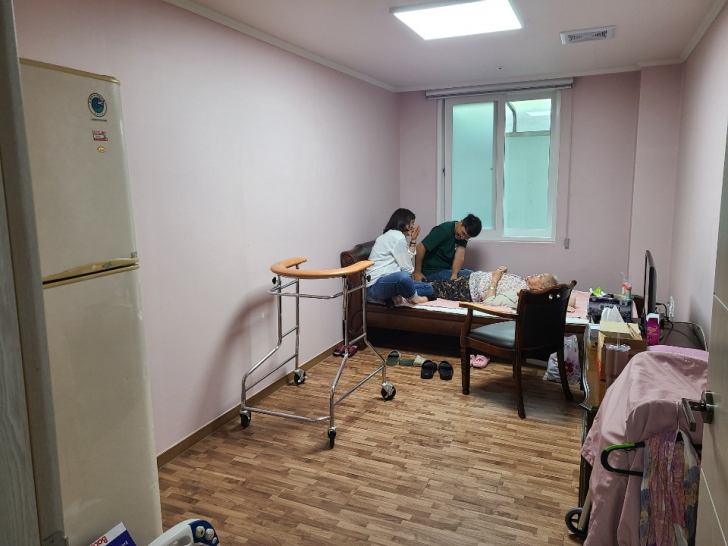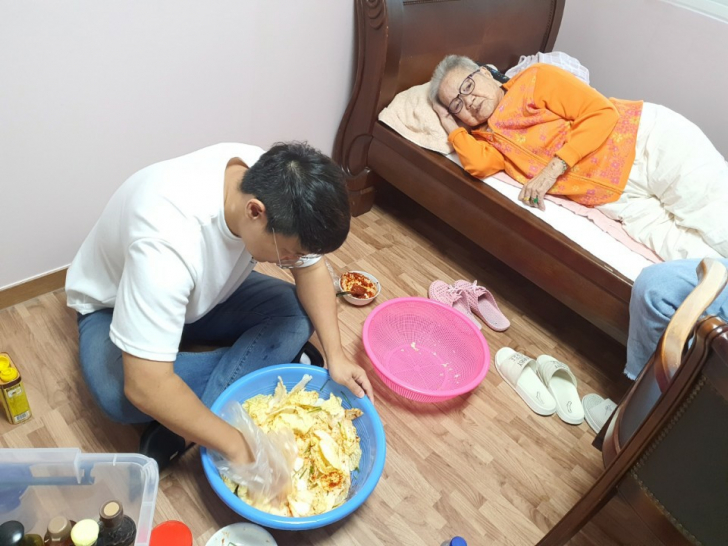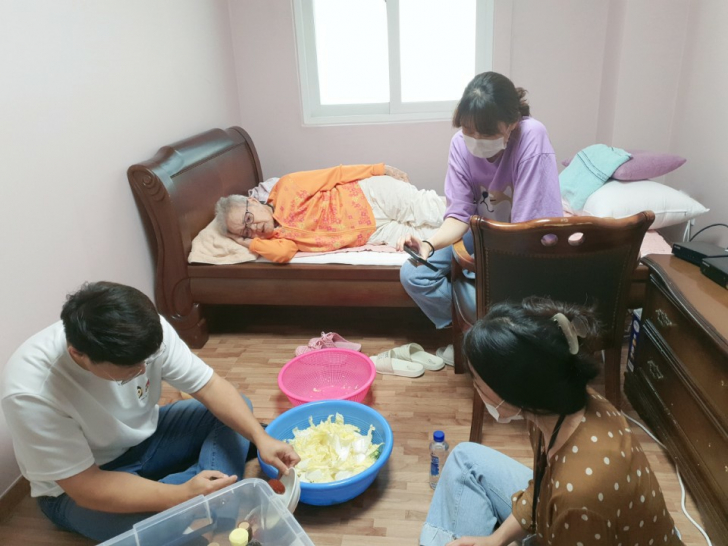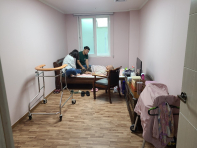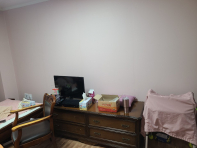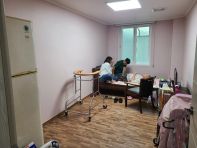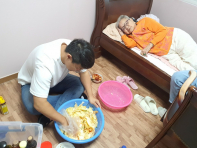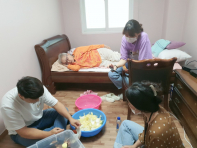1. The rooms of the surviving “Comfort Women” Part 1 - Lee Ok-sun’s room
2. The rooms of the surviving “Comfort Women” Part 2 - Songnisan Lee Ok-sun’s room
3. The rooms of the surviving “Comfort Women” Part 3 - Park Ok-sun’s room
Lee Ok-sun and Songnisan Lee Ok-sun
There are two grandmothers named Lee Ok-sun each with the same age at the <House of Sharing>. To the outside world, they are simply known as ‘Lee Ok-sun from Busan’ and ‘Lee Ok-sun from Daegu’, but inside the <House of Sharing>, they are called ‘Lee Ok-sun Grandmother’ (Busan) and ‘Songnisan Grandmother’ (Daegu). Because Songnisan mountain is in Boeun, the staff members sometimes call Songnisan Grandmother ‘Boeun Lee Ok-sun’, but whenever that happens, she immediately becomes angry and says, "Why am I Boeun Grandmother? I am Songnisan Grandmother!" There is a good reason why Songnisan Grandmother, who is originally from Daegu, is so attached to Songnisan.
Songnisan Lee Ok-sun was taken to Manchuria at the age of 16 and returned to her hometown of Daegu when she turned 18. Shortly after Japan's defeat, when the Japanese army withdrew from their unit and abandoned the victims there, Songnisan Lee Ok-sun had nowhere else to go, so she remained at the Japanese Military "Comfort Station". At that time, some old Chinese ladies who lived nearby reportedly came to the Japanese Military "Comfort Station" and said, "If you continue to stay here, you will get into big trouble", and "You will die if you stay here". They then took Songnisan Lee Ok-sun and the other victims to their homes. Songnisan Lee Ok-sun stayed there for about four days, and she still vividly recalls what happened back then, citing, "I really enjoyed the food they cooked for me at that house", "I would have died if I had not met those old ladies".
While staying at that mysterious old Chinese lady's house for four days, Korean people somehow heard the news and reportedly went around the neighborhood, yelling, "Korean big babes (young ladies) should come outside". After hearing that, she went outside to meet them, and with the help of those people, she was able to leave Manchuria and go to Sinuiju. After arriving in Sinuiju, she then took a train to return to her hometown, Daegu. When she told me this story, I expected the ensuing anecdotes to be about delighted family members or relatives welcoming her arrival. However, her story about what happened after her return to this country was something that was completely unexpected.
After arriving in Daegu, she unfortunately had very little time to feel happy about returning home, as trouble reared its ugly head from the people in the neighborhood who came to see her every day. After returning to her hometown, people in her neighborhood reportedly visited her father every night and poured out their lamentations by making remarks such as, "Your daughter came back alive, but why has my daughter not come back?", or "Your daughter came back alive because your family chose the ancestors' gravesites wisely, but we wonder if our daughter is dead because she has not come back yet", and so on. All the girls of her age in the village had been taken away, but she was the only one who came back alive, so I understand the grief of the people in her neighborhood. However, Songnisan Lee Ok-sun, who could not bear such guilt, eventually left her hometown alone in secrecy without even telling her parents.
After running away from home, she passed Yeongdong and Okcheon, before arriving at Songnisan, where she was able to get a place and settle down near Beopjusa temple with the help of a monk she had met there. Having already learned Korean traditional music when she was young, she was quite skillful at playing janggu and singing, and the monk, who learned of her talent, reportedly suggested that she should try singing for the tourists who visit Songnisan. After accepting the offer, she soon began making a living by getting paid for singing for the tourists who came to Songnisan. As such, after leaving her hometown and settling in Songnisan, she spent about 70 years there. Considering the life she had so far, her strong attachment to Songnisan is more than understandable.
Songnisan Lee Ok-sun's room
Songnisan Lee Ok-sun had anticipated that she would live in Songnisan for the rest of her life but ended up coming to the <House of Sharing> in the fall of 2018 after having knee surgery which made it difficult for her to easily move around. She had visited the <House of Sharing> before then, but this was the first time she had come to actually live in the <House of Sharing>. Not long before her arrival, the late Ha Jeom-yeon who resided in the <House of Sharing> passed away, and the management told me to organize her room and give it to Songnisan Lee Ok-sun. Back then, I insisted on preserving the room as it was, but no one really paid attention to what I said, since I had only joined the <House of Sharing> as a staff member less than six months prior to that.
After all, the room that had been occupied by the late Ha Jeom-yeon became Songnisan Lee Ok-sun’s room. This room is located on the right side of the hallway past the lounge of the <House of Sharing>, and its size and structure are identical to Lee Ok-sun’s room situated on the opposite side. Because Songnisan Lee Ok-sun had to move in without much notice, and due to the organizational flaw of the <House of Sharing> which does not allow donations to be used for the purchase of any personal items for the surviving “Comfort Women”, her room is sparsely decorated with little household items. The room features only a stone bed, a two-tier drawer, a TV, and a refrigerator, all of which were formerly used by the late Ha Jeom-yeon. Nevertheless, as the number of cheerful messages, pictures, letters, flowers, etc. sent from people increased over time, her room gradually began to brighten up.
Songnisan Lee Ok-sun’s refrigerator
Songnisan Lee Ok-sun's room has a window situated farthest from the door and a stone bed below it. And on the right side of the bed (towards the legs), there is a two-tier chest of drawers and a TV on top of it. There is also an old hanger on the opposite side of those drawers and a refrigerator towards the top of the hanger. This refrigerator plays the most important role in her room. She is more interested in health than anyone else, so she must eat all the things that others recommended as great food. And because she has a habit of hoarding food, her refrigerator is always full of various kinds of foods. The food in the refrigerator can sometimes get rotten or moldy, but as she will not let anyone throw them away, her refrigerator permanently awaits us with colorful scenery.
Once, a caregiver secretly cleaned her refrigerator, but after that incident, she complained for over a week to each staff member she saw, saying that such good food had been wasted. Also, she buys bottles of Bacchus always in bulk, fills the refrigerator with them, and gives them to people who visit her. The staff members visit her occasionally to get a bottle of Bacchus when they are thirsty or tired. Even though I was not particularly pleased to travel as far as Toechon-myeon to restock several boxes of Bacchus whenever they ran out, I could not complain too much because I was the one who drank them the most.
The official guest room of the <House of Sharing>
Unlike Lee Ok-sun's room, Songnisan Lee Ok-sun’s room lacks any real objects or photographs filled with memories, but still, it is the room visited most frequently out of all rooms in the <House of Sharing>. It is not just because of those bottles of Bacchus. Although she is not particularly humorous or possesses a special ability to make others laugh, she is talented at attracting people with her innocent, quirky remarks and behaviors. Among her distinguishing talents are physiognomy and matchmaking skills for the staff members. First of all, she reads people’s physiognomy regardless of their gender or age, and no one can ever avoid this even if they did not ask for it. She just looks over people’s face that she met for the first time, regardless of if they are ministers, lawmakers, or students and generously gives her words of blessing such as, "You have big ears, which means you will live long", "You have a sharp nose, and that means you will make a lot of money", and so on. Occasionally, she tells some people without hesitation that they have unfavorable physiognomy, but I have never seen anyone who became obviously upset. Also, she always tries to pair up unmarried staff members with each other, and she is relentless even when she is told that they are both spoken for. Once a pair gets in her radar, they have to become a couple in the <House of Sharing>. There are actually instances of real couples created in that way.
Songnisan Lee Ok-sun’s room does not have any interesting household items, and unlike Lee Ok-sun's room, it has no props illustrating that she is a victim of the Japanese Military “Comfort Women” or that she engages in activities as a human rights activist. Nevertheless, I like her room the most among all the rooms in the <House of Sharing>, because the traces of Songnisan Lee Ok-sun who lived as Lee Ok-sun, not merely as a victim, remain intact in this room. However, in February 2020, she suddenly became unwell, so she left her room and was placed in an intensive care unit. As a result, her room became an unoccupied, empty room.
The rooms of the surviving “Comfort Women” in the <House of Sharing> retain different stories and characters, but they are all waiting for a predetermined process experienced by Songnisan Lee Ok-sun’s room. Whenever one of the surviving “Comfort Women” comes to the <House of Sharing>, she will be given a room, and that room will be filled with her own history and memories. However, the life of the room lasts only as long as the health of the surviving “Comfort Women” permits. If they go to the hospital or intensive care unit due to health problems, or if they pass away, their rooms become a desolate space where no one visits regardless of how many memories and the related items they carry. Songnisan Lee Ok-sun’s room had been full of the endless laughter of the staff members, but eventually, when she left the room, it ended up becoming a room where no one would visit except for work purposes. The existing rooms used to be tidied up due to incoming new occupants or were revitalized thanks to the new occupants, but now no new surviving “Comfort Women” are coming to live in the <House of Sharing> anymore.
Unfortunately, it is now time to discuss in detail how to preserve and document those rooms. As I have always claimed, the surviving “Comfort Women” are people before they are victims. There is no reason for them to live as victims for the rest of their lives just because they had suffered awful damage in the past and others know about it. Someday, our society will become interested in the everyday routines and lives of the surviving “Comfort Women” behind the surface, and thereby understand that they are more than just the victims of the Japanese Military “Comfort Women”. Therefore, I want to leave the rooms as they are for those ordinary occupants who harbor strange pain within. And through the unique individuality and significance carried in each room and its owner, I desire to shed light on the lives of the surviving “Comfort Women” that they lived after the irrevocable damage.
Credit
Illustrated by Baik Jung-mi
* On August 11, 2020, Songnisan Lee Ok-sun’s room was restored. (See photo below)
* On August 20, 2020, the staff members of the <House of Sharing> make fresh kimchi in the restored room under the instructions of Songnisan Lee Ok-sun. (See photo below)
Related contents
-
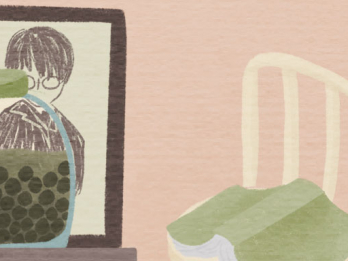
- The rooms of the surviving “Comfort Women” - Lee Ok-sun’s room
-
The traces and history of the surviving “Comfort Women” fill all corners of the <House of Sharing> but are most visible inside the rooms of the surviving “Comfort Women”.
-

- The rooms of the surviving “Comfort Women” - Park Ok-sun’s room
-
Upon Park Ok-sun's return to South Korea, she moved back and forth between her younger brother's house and her nephew's house in Seoul, and eventually was admitted to <House of Sharing> in 2002.
- Writer Kim Dae-wol
-
He is the Head Curator of the <House of Sharing>. He completed a doctoral course in the Department of Korean History at Kookmin University. He was in charge of the overall planning of <The End of the Tunnel>. While working and studying simultaneously, he gives special lectures on the Japanese Military “Comfort Women” issue by taking advantage of his experience whenever possible.
corea807@hanmail.net
